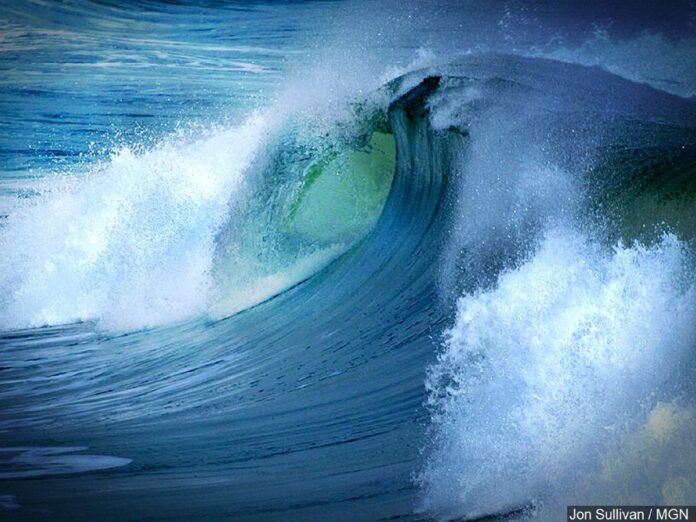HARLINGEN — Just in time for the Fourth of July holiday, several monitoring stations on South Padre Island have recorded elevated levels of fecal bacteria.
HARLINGEN — Just in time for the Fourth of July holiday, several monitoring stations on South Padre Island have recorded elevated levels of fecal bacteria.
Beach Circle, Seaside, Blue Water and Starlight sites have bacteria levels between 35 and 104 colony-forming units per 100 milliliters of sample as of Thursday afternoon.
These results are regarded as medium bacteria counts and, while they are cause for continued watching they are not high enough to trigger a beach alert.
The high fecal bacteria levels are a continuing nuisance at Island beaches, and usually occur several days after heavy rainfall in the LowerRio GrandeValley.
“It’s because we’ve had a lot of rainfall down here — not a lot but more than we’ve had in quite a while,” said Tony Reisinger, Texas AgriLife’s extension agent for coastal and marine resources with Texas Sea Grant.
“The Rio Grande and the Arroyo probably had higher flows, and that ends up going out into the Gulf (of Mexico),” Reisinger said Thursday. “It doesn’t last long.”
From the north side of the Island beaches, runoff flows into the Arroyo Colorado and then washes into the Laguna Madre at ArroyoCity. The water enters the Gulf through the Port Mansfield Cut.
Generally, water movement in the Gulf follows the littoral current, which runs northward from the Bay of Campeche toward the upper Texas coast in a clockwise motion around the Gulf.
A more complete version of this story is available on www.myBrownsvilleHerald.com




